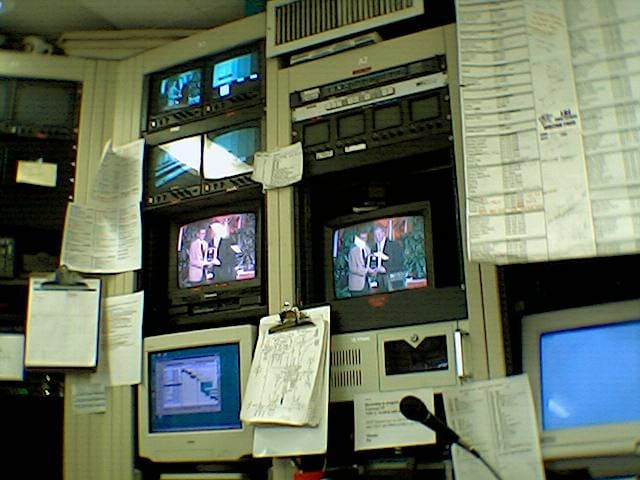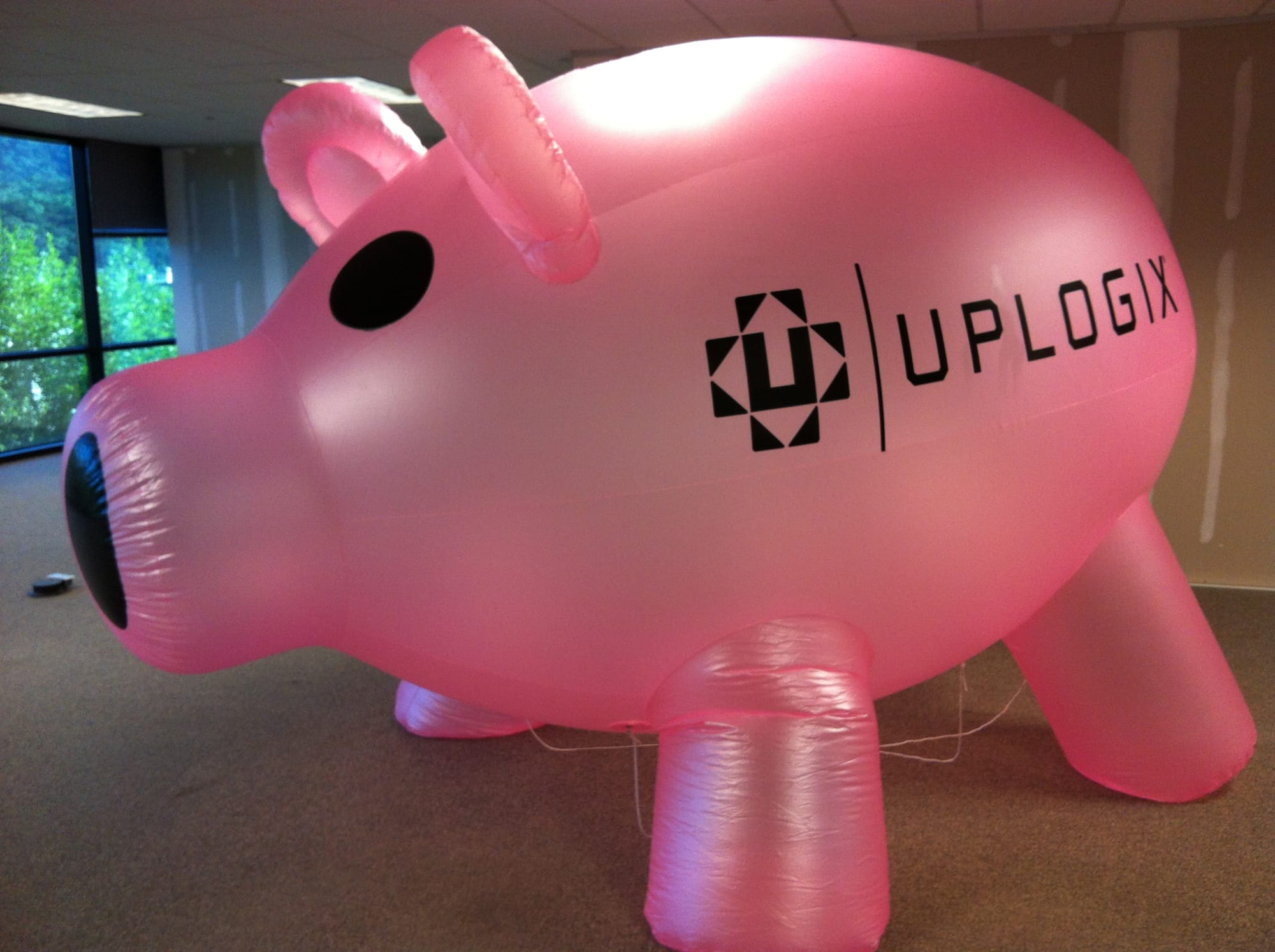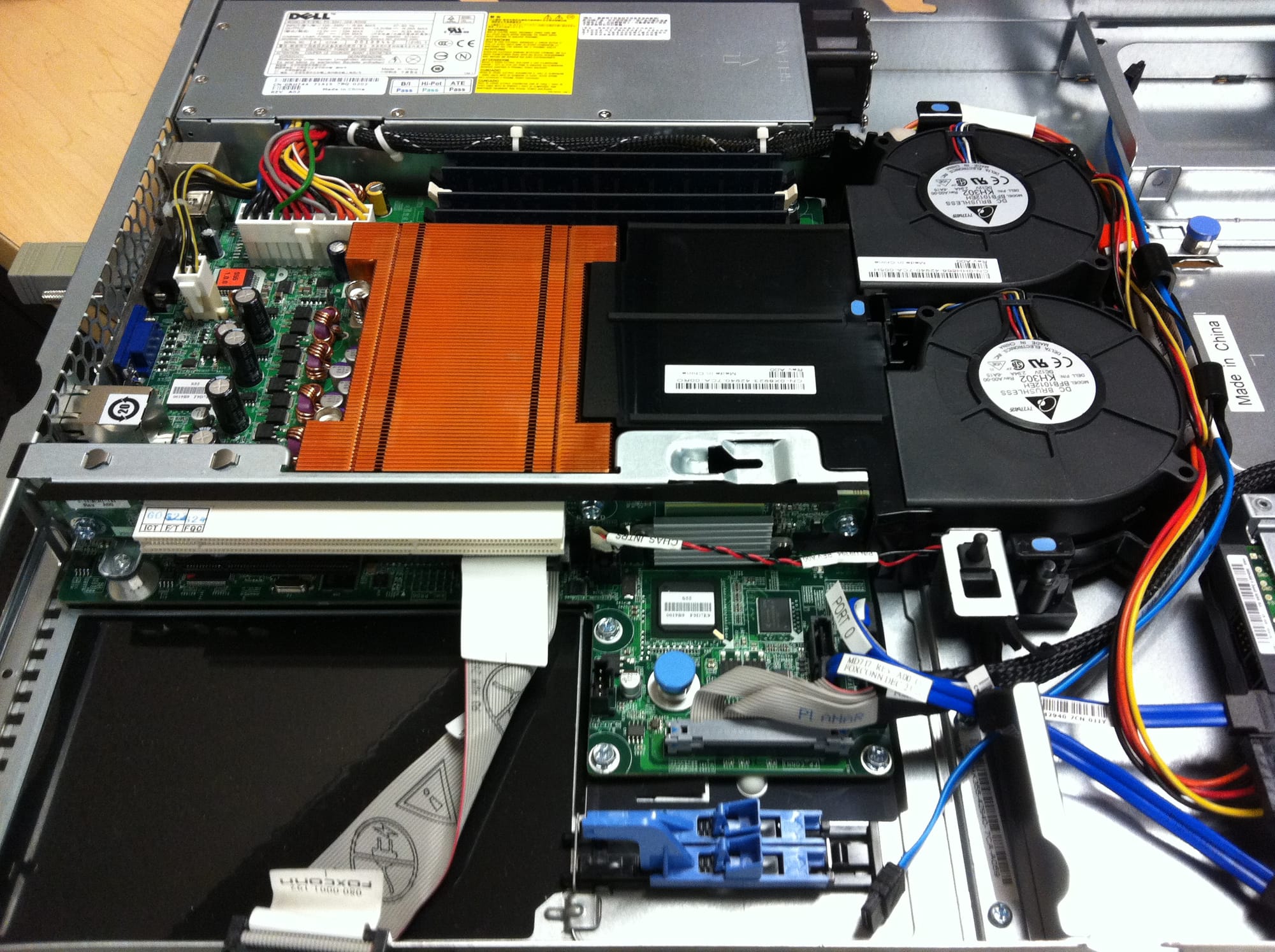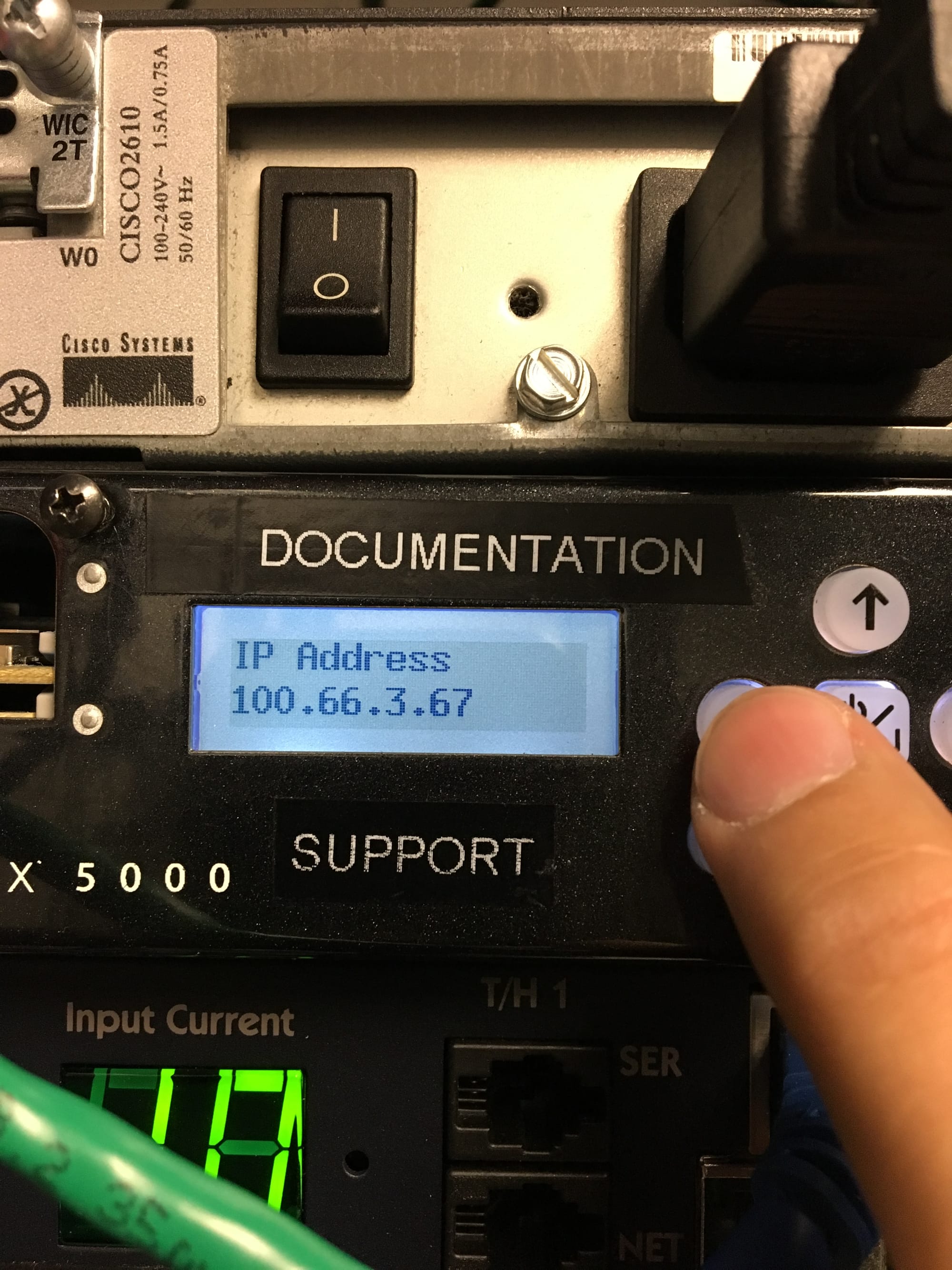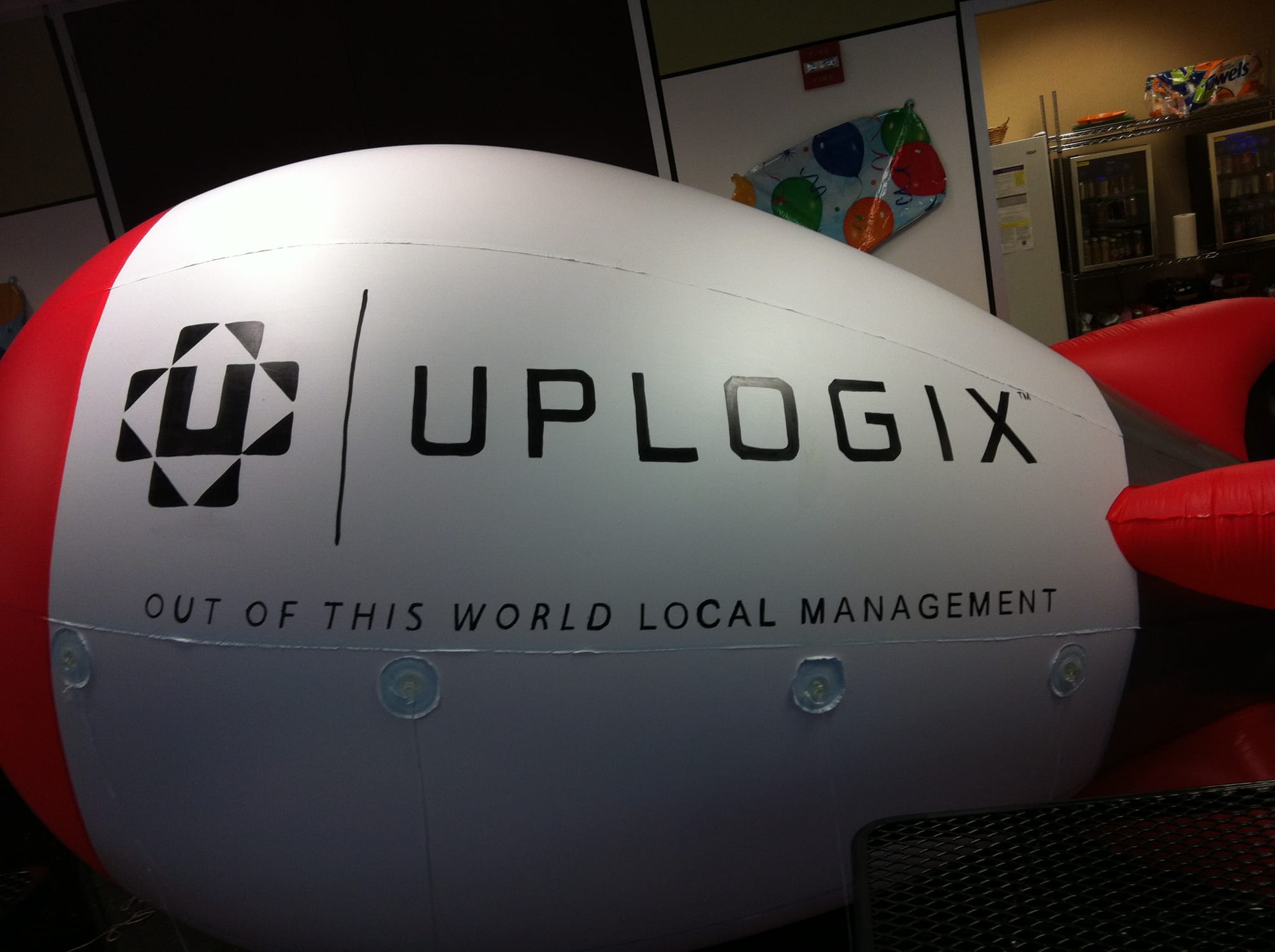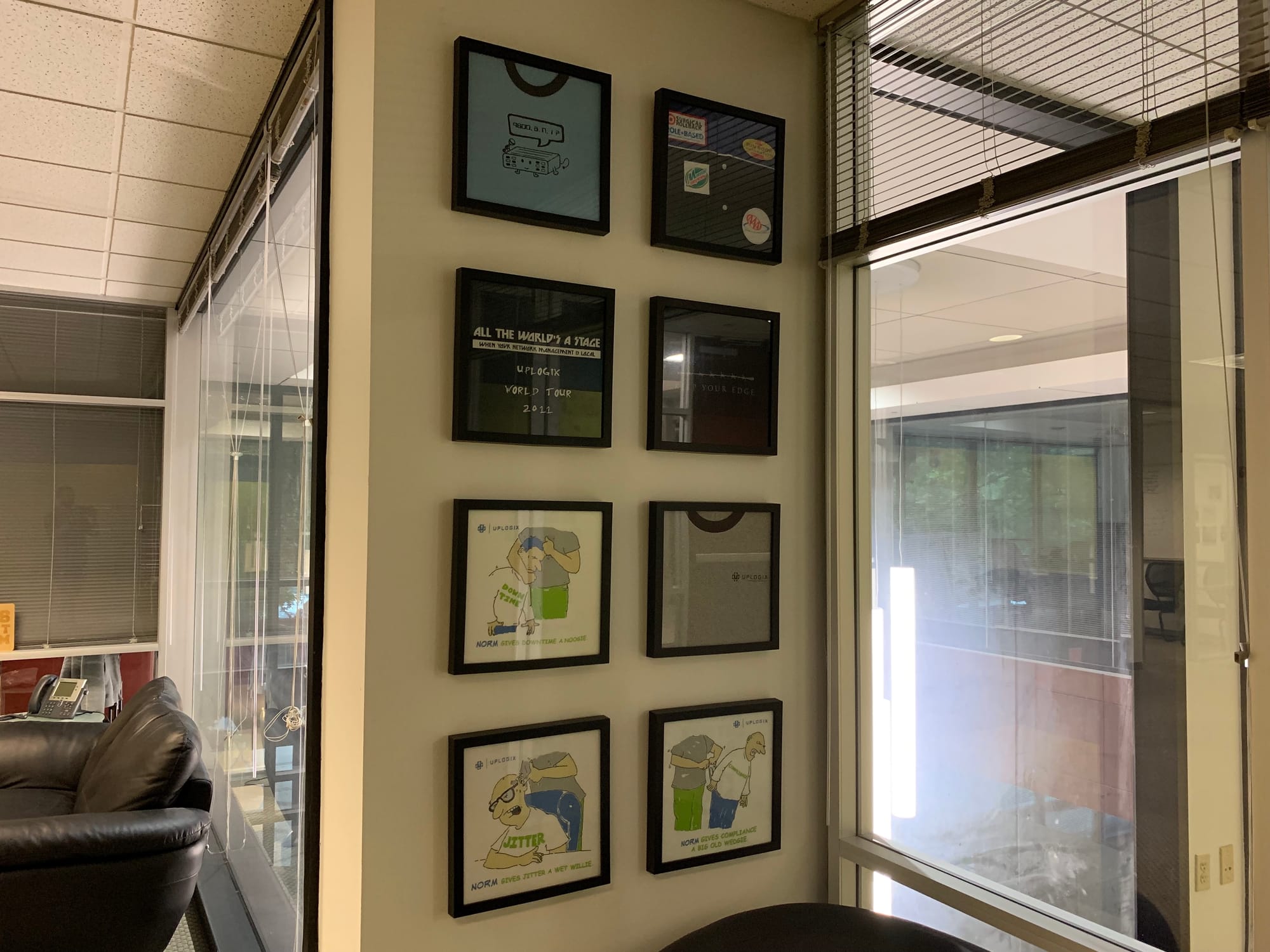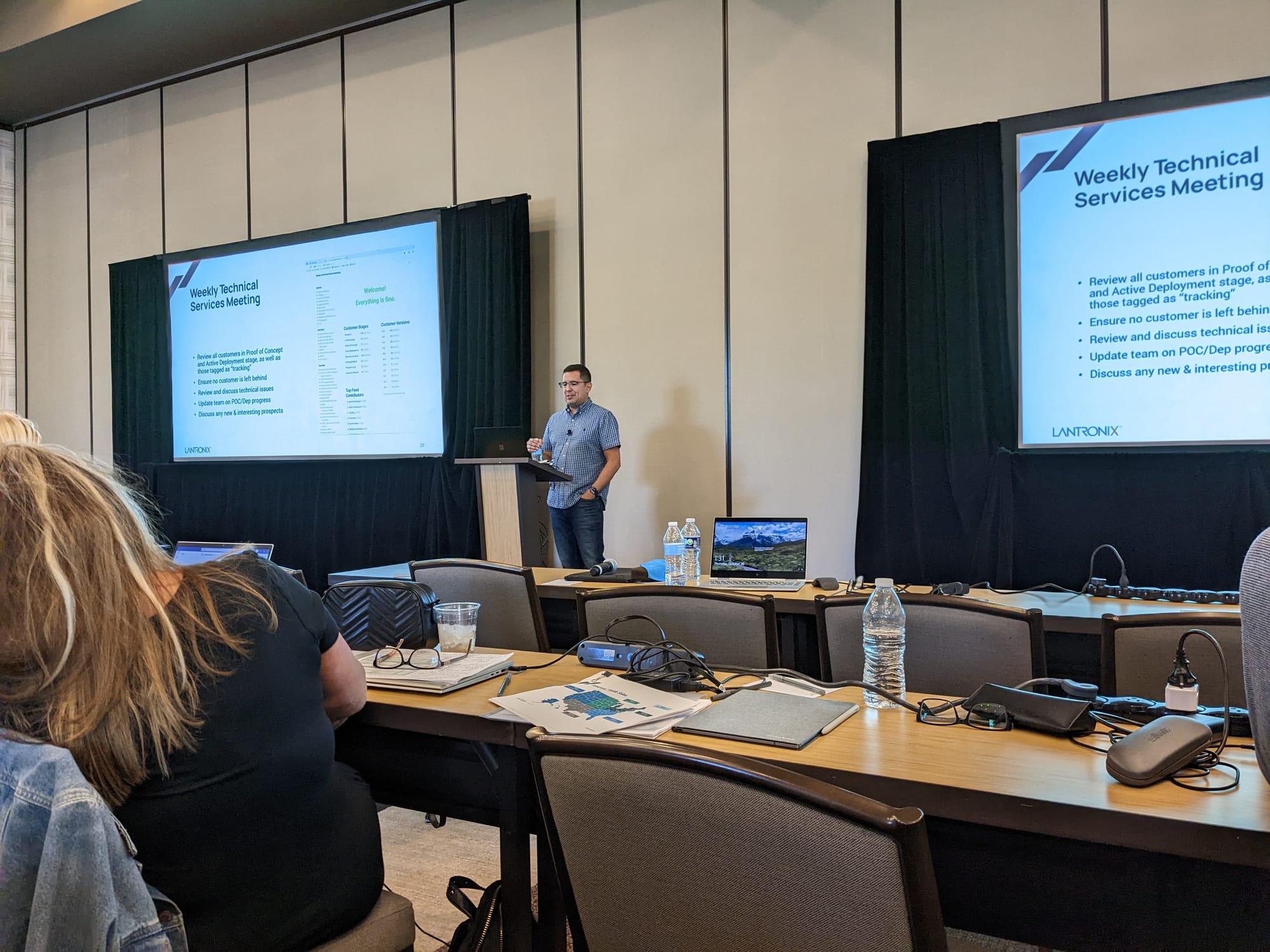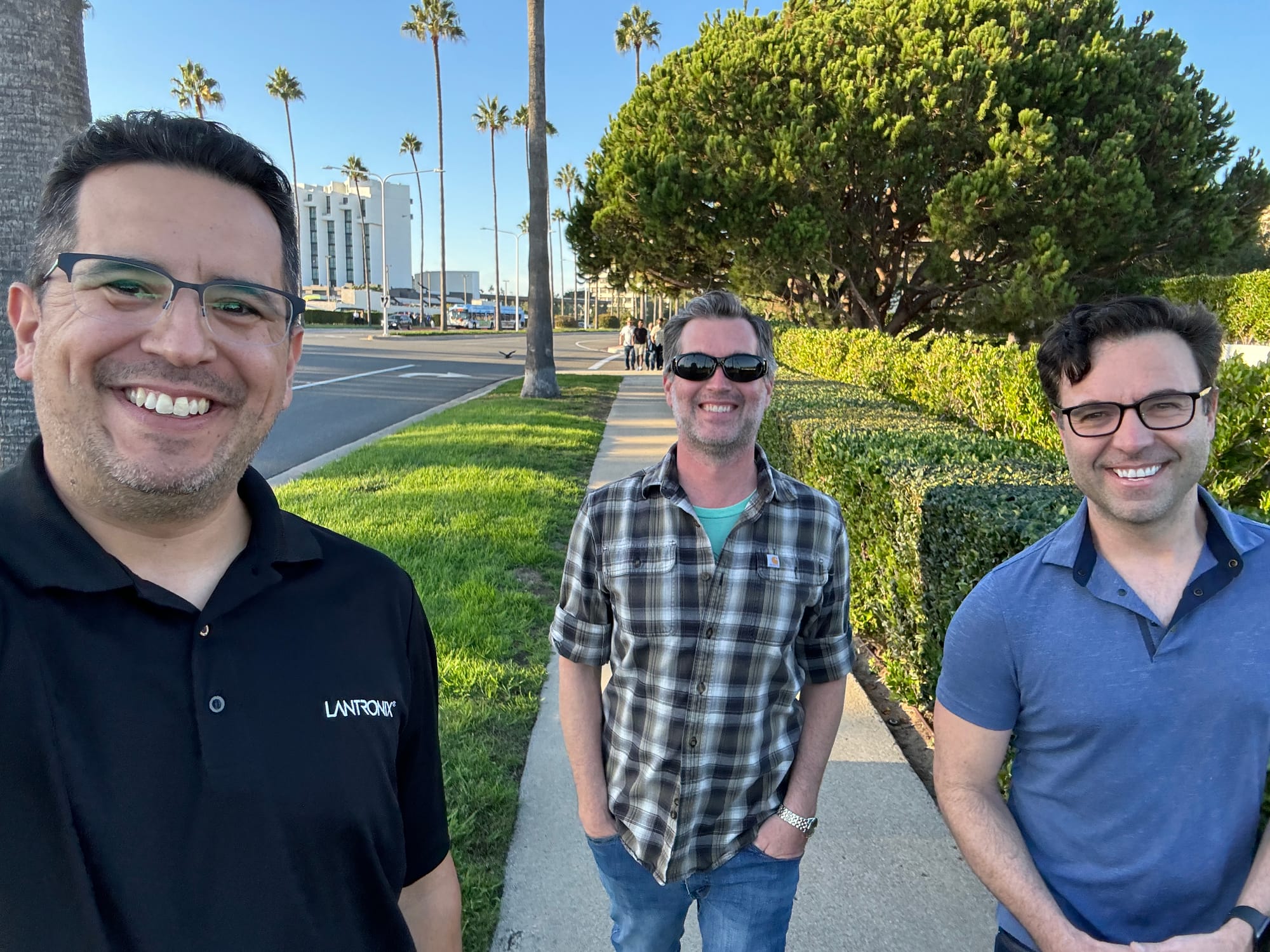Hire Me

Howdy, and thank you for considering me as the newest team member at your prestigious company! You've likely seen my resume and LinkedIn profile, so I'd like to take this opportunity to go into more detail about my experience, lessons learned, and some of the projects I've worked on over the years. Hopefully, I can demonstrate the impact I've made at past companies and the potential impact I can make at yours.
As you know, having the right leadership in customer-facing roles is crucial for building lasting customer relationships and ensuring long-term satisfaction, all of which contribute to the overall success of the company. At Uplogix, our network management appliances weren't the cheapest on the market, yet we won deal after deal thanks to our unmatched technical services, which included technical support, professional services, and sales engineering. Customers recognized that they were not just buying a product from us, but a solution that came with consultative services.
I have over two decades of experience directing local and global technical support teams, developing custom CRM applications, and driving relationship-first service strategies. I believe this puts me in a unique position to provide both technical expertise and strategic vision. By prioritizing relationships, empathy, and a consultative mindset, I have delivered exceptional service experiences and driven sales growth.
I'll go into more detail below, but the TL;DR is that I love solving problems, coaching others to do the same, and implementing the Golden Rule in all aspects of technical services. My personal tenets include:
- Treat the customer the way you would expect to be treated.
- Technical support is a dialogue, not a call and response.
- Respond quickly and accurately.
- Set reasonable expectations and meet them.
- Be a trusted advisor, not just break-fix.
What You Get
When you hire me, you're gaining a well-rounded professional with experience in all aspects of technical services, from answering phones at 3:00 a.m. on New Year's Day to managing a global team of specialists providing 24/7/365 support. I've built processes and developed software to support them, allowing my team to focus on helping customers rather than remembering which form to fill out for an RMA. I also wrote and maintained customer-facing documentation and developed a web application to make it available online. These skills (and more) make me a valuable asset to any company looking to deliver best-in-class support, streamline operations, and elevate customer satisfaction. If you're looking for someone who can tackle complex challenges and bring both technical expertise and leadership to the table, I'm your guy.
Proven Technical Leader 🫡
From assisting CCIE candidates with hands-on lab work to managing a global team, I've held almost every role related to technical services. When I joined Uplogix in 2006, I became the first member of their 24/7/365 paid technical support team. Over the years, as we grew, I trained new employees and established a preferred way of helping our customers. As a Lead, Manager, and eventually, Director, I was responsible for setting the tone of Uplogix Support.
My approach involves creating efficient processes, fostering excellent written communication skills, and prioritizing customer satisfaction. To support the team, I built custom web applications and integrated tools like Zendesk, Jira Service Desk, and HelpScout to keep our customer satisfaction rate above 95% during my tenure. This led to a 90%+ renewal rate for paid support, providing almost $5m in ARR.
Self-Taught Web Application Developer ⚙️
Let me be clear: I am not a software developer. I am, however, fond of automating complex tasks. When I joined UT System as a college student, I was part of a 10-person team responsible for looking at a calendar and routing video streams for long-distance learning classes. Over time, I realized that I could write some code that would pull the class schedule from an Oracle database, figure out the best route for the video, and then log into various DACS (Digital Access Cross-Connect System) servers via Telnet to make the appropriate connections. My program worked flawlessly, saving UT System over $25,000 in proprietary software and eliminating all student positions.

That program, lovingly called DAXinator, was written in Java, which I found overpowered for my later needs. Eventually, I discovered the LAMP stack (Linux, Apache, MySQL, PHP) and learned to build dynamic web applications quickly. Over the years, I've refined my skills in all aspects of the LAMP stack and added other technologies like APIs, JSON, cURL, jQuery, and Bootstrap. Today, I can rapidly and efficiently create robust, user-friendly web applications that are fast, process-focused, and scalable.
Experienced Technical Instructor 👨🏫
One of the things we liked to say at Uplogix was we don't sell tools; we sell toolboxes. While our products could do a million amazing things, customers sometimes felt overwhelmed by trying to figure out how our appliances worked rather than focusing on what problems they were trying to solve. That's where customer training came into play. Training not only empowers users to fully leverage the products and services they've purchased, but it also establishes us as subject matter experts in various technologies.
Throughout my career, I've developed comprehensive training programs for groups large and small in both online and in-person settings. The goals of these programs were to educate the user, demonstrate our consultative worth, and ensure our products become the standard in their networks.
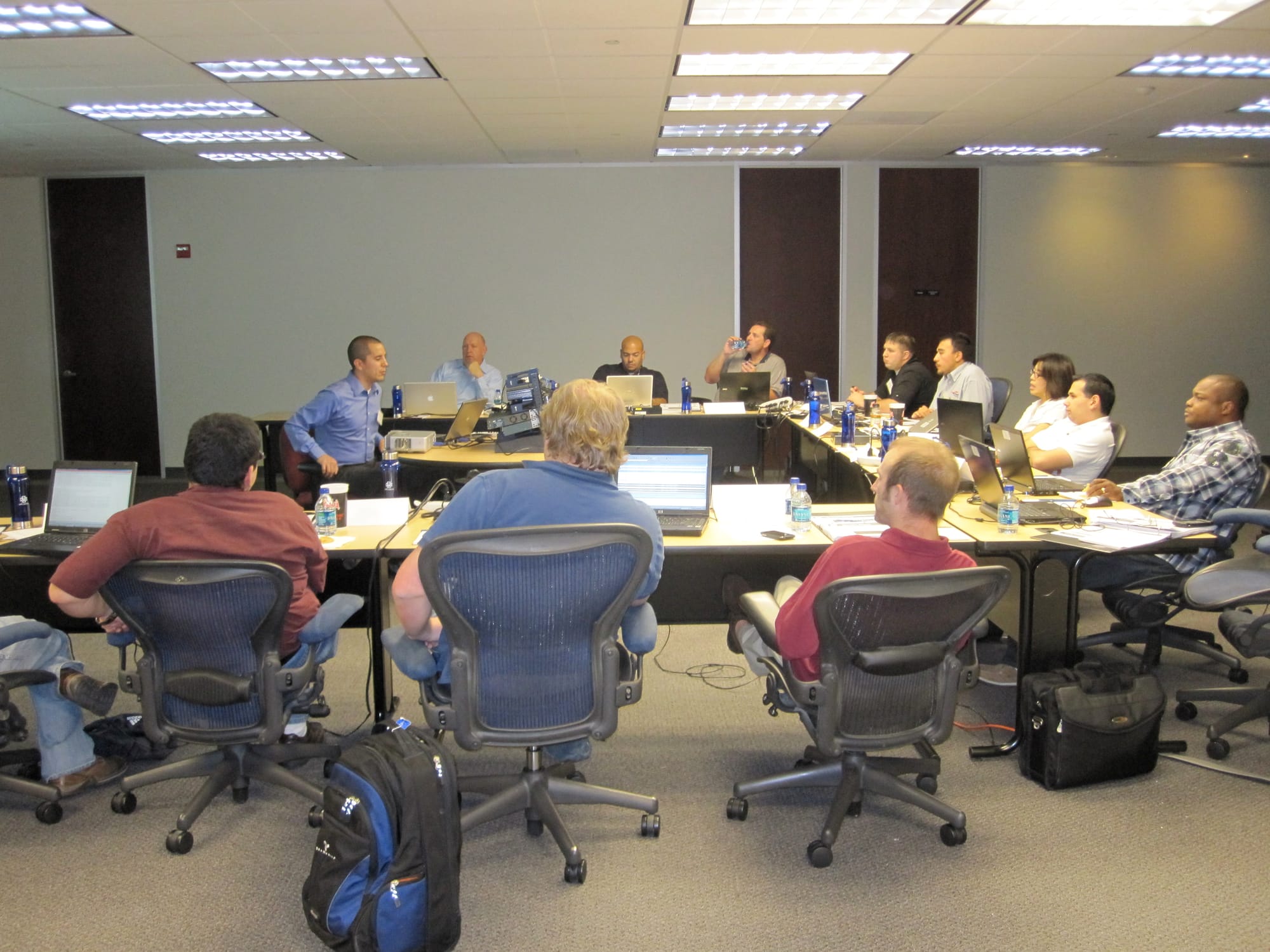
I particularly enjoyed face-to-face training with customers, which allowed me to build lasting, personal relationships. Good training is just the beginning of a long period of cooperative work with the customer.
Technical Writer 📝
My experience as a technical writer began out of necessity when Uplogix lost its dedicated technical writer, and I stepped in to fill the gap. Since then, I have written and maintained a wide range of documentation, including User Guides, Setup Guides, Command References, and Knowledge Base articles. My BA in English has been invaluable in this role, enabling me to communicate complex technical information in a way that is both understandable and accessible.

My goal was not only to write great documentation but also to provide the technical services team with easily referenced articles that they could share with customers, which reduced the amount they had to write in ticket response and allowed them to respond faster.
Systems Administrator 💻
I have extensive experience in systems administration, particularly in deploying and maintaining LAMP stacks for web applications. I can quickly set up and configure a Linux, Apache, MySQL, and PHP environment. Ubuntu is my preferred Linux distribution due to its ease of use, stability, and large community support. I also have experience with RedHat, CentOS, and Debian. Whether working on the command line or clicking around in Windows, I’m equally comfortable managing system configurations, troubleshooting issues, and optimizing server performance.

Projects
One of the biggest advantages of working at Uplogix was that we were a small company that was agile enough to simply create custom software when the right tools simply didn't exist. Instead of paying for expensive, bloated software that barely fit our needs, we could build exactly what was required. I was thrilled to be in a position where I could build web apps for practically everything, from automating mundane tasks to creating complex Customer Relationship Management apps that scaled as our customer base grew.
Below, I've included some examples of my web application development to showcase my custom approach.
Central CRM
Central is a custom CRM I developed to track all technical information for our customers. It became an invaluable tool for sharing real-time status updates, sales notes, and configuration details across departments. By providing a centralized location to access a customer's entire technical journey, Central ensured that everyone—from support to sales—was on the same page. This enhanced level of information sharing was critical in fostering customer intimacy. The more we knew about our customers, the better we could anticipate their needs and provide exceptional support.
I originally conceived Central as a "Facebook for Customers" and gave it a similar design to the Facebook homepage. From this page, you can add updates, see recent updates from colleagues, find commonly accessed customers, and keep track of maintenance renewals. Other departments used this page to get a sense of who we (support) are currently interacting with and who needs attention.

A typical customer record includes:
- Company Name
- Headline (One of our biggest customers! $3m run rate.)
- Team: Account Executive, Sales Engineer, Inside Sales Rep
- Configuration: Domain, Stage, Software Version, Maintenance End Date, Zendesk ID, Salesforce ID, Status
- Customer-specific task management
- Changelog for auditing
- Updates detailing interactions with Support, Sales Engineering, Sales, or other department
- Comprehensive Proof of Concept Checklist with Status
- Comprehensive Deployment Checklist with Status
- Contact Management for managing access to Support Site, Ticketing System, and Software Downloads
- Dossier for collecting environmental data: Out-of-band strategy, AAA environment, IP addressing for management platforms, etc.

Other features:
- Zendesk integration via API ensured priority ticket routing for paying customers
- Slack integration via Webhooks (via cURL) sends important alerts and events to the appropriate team channel
- Automated sending of welcome emails to new customer contacts
- Automated sending of status and request emails to all departments involved with RMAs
- Automated update of Zendesk tickets via API as RMAs are processed, including shipping notifications and return reminders
- Aggregation and generation of software licenses based on customer purchases
- Metrics for support tickets and RMAs
Technical information:
- Runs in VMware on the latest Ubuntu
- Uses MySQL and filesystem for storage
- Integrates with Active Directory and WordPress (via OAuth) for AAA
- 1,300+ PHP files
- 140,000+ lines of code
Online Documentation Library
Back in 2006, online documentation was hard to come by, but it was clear very early that our customers didn't like poring over PDFs to find answers. After trying various solutions that weren't quite what we needed, I built an app to display our documentation the way we wanted it to be displayed.

Technical Notes:
- Articles are stored in a MySQL database in Markdown format
- When an article is requested, it is automatically parsed into HTML and styled with CSS and Bootstrap
- The entire site is run out of one PHP file; permalinks are parsed and the appropriate database call is performed
- Version history is maintained for every article article
- Entire library can be exported, styled, and converted in PDF using pandoc
- Includes a back-end management web application to update articles, with granular authorization for editors
Secure Firmware Downloads
At Uplogix, software updates required an active maintenance subscription, so we couldn't just make those files available on our corporate website. To solve this problem, I built a software delivery app that used AAA, which was defined by Central, to allow specific customers to download software only when their maintenance contract was active. This process included gating software behind a EULA, creating and destroying temporary download links, and styling raw directory listings via .htaccess.
Support Site & SSO
Zendesk offers the option of offloading AAA to another server via SSO. At Uplogix, I wrote a simple shim that would perform a lookup whenever someone tried to log into the ticketing system. Access was defined in Central and securely synchronized to our website. Later, we replaced my shim with an OAuth plugin in WordPress.
In both cases, we were able to define who could open tickets in our Zendesk instance and (based on free vs paid) route tickets to the correct team. This ability is invaluable if you're already running AAA and want to integrate Zendesk without importing or recreating your entire user base.
Further, a Slack integration let us know when users were logging in, downloading software, and opening new tickets. This visibility allowed us to anticipate contact from a customer and thus be ready to support them.
Zendesk Administration & Customization
Since we had our own documentation library and knowledge base, I didn't need to customize Zendesk until very recently. Luckily, they allow you to edit your template and add any needed features. I updated our theme to more closely match the Lantronix website and give customers an easy-on-the-eyes, minimal website through which to access tickets and read knowledge base articles.
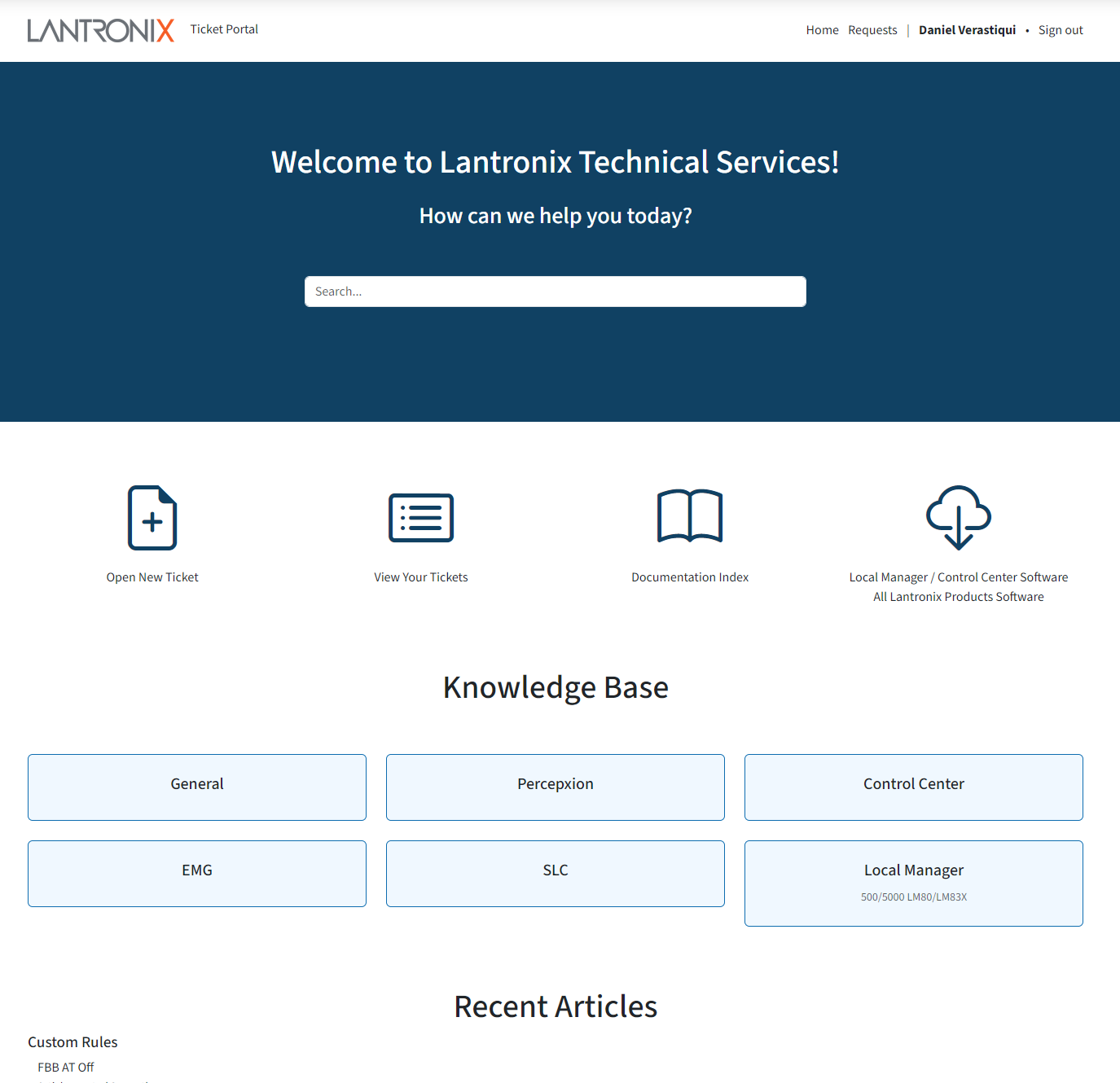
Frequently Asked Questions
Applying for jobs in 2024 often involves answering long questionnaires asking about many of the same things. To save you some time, I've included a small selection here.
Describe a technical skill you are proficient with and how you attained it.
I’m proficient at quickly deploying new web applications using LAMP, Bootstrap, Google Fonts, and JavaScript. I built my first application in 2000 as part of an effort to monitor email traffic through UT System’s Texas Higher Education Network. Although most of the work was done in Java, I needed an easy and quick way to present the data to users. PHP allowed me to get data out of MySQL and display it dynamically to the user. Once I figured out that formula, I took every opportunity to build new apps to solve any problem I encountered. Currently, I maintain and improve my largest project, a technical CRM called Central, that shares information between multiple departments, provides AAA and SSO services for external applications like Zendesk, and turns processes into easy-to-follow web pages. It is used daily by the entire technical services team, plus Sales, Operations, Engineering, and Marketing.
What is your proudest success as a manager or leader?
I’ve spent most of my career working at Uplogix, Inc., which began as a startup in 2004. When I joined in 2006 as their first technical support specialist, their annual recurring revenue for technical support was essentially zero. Over the years, through relationship-building and clear demonstrations of our value, our ARR increased dramatically, topping out in the $5-$6m range before the acquisition. This revenue often accounted for half of the total yearly revenue for the company and was vital to keeping us afloat. My team’s efforts helped keep my employees and friends in jobs, and I’m incredibly proud of my contributions.
Although revenue is the ultimate bottom line, I’d like to mention that a close runner-up in the pride department is hearing praise for my team from customers. When I see my team treating the customers the way I’ve trained them to, it makes me feel like I’ve done my job well. As a manager, I set the tone for customer interaction, and when customers respond positively to that via my team, I take it as validation.
Describe your experiences with 24/7 support or engineering operations.
Every tech support position I’ve held has included 24/7/365 on-call work. Going from an individual contributor to a manager has not changed that; it has only moved my name a little lower on the call-down list. I don’t take many after-hours calls these days, but as a manager of a globally distributed team, I find myself working early in the morning and late at night. I make myself available to the company in my waking hours and do my best to maintain a work-life balance.
I do not expect (and actively discourage) the same approach from my team. Instead, I keep them to set hours in anticipation of having to take a call overnight or on the weekend. My job is to protect them from burnout while maintaining coverage. A properly staffed technical support department should have no trouble keeping the team to a nominal forty hours a week.
What challenges come with managing a fully remote team, and how to overcome?
Visibility is the primary challenge in a fully remote team. Is my team online? Are they working? What do their faces look like? We overcome much of the visibility problem with Slack, as it gives us a way to have everyone sit in a channel and chit-chat as if we were sitting around a cube farm. We’re able to build relationships outside of active customer responses. This socialization is vital to having a cohesive team that works well together. If I see everyone participating in a debate about the best movie of 2024, then I know everyone is online and paying attention. Likewise, in our weekly meetings, I strongly encourage everyone to turn on their cameras, at least while they’re talking.
Thanks For Reading!
Thank you so much for taking the time to read through my detailed explanation of my work experience. I genuinely appreciate your attention and would be more than happy to discuss anything further on a call. I am eager to bring my skills and expertise to your company and help elevate your technical services to the best in the world. I’m ready to get started immediately—available as of yesterday! Please feel free to contact me via LinkedIn to arrange a conversation.
Best regards,
Daniel Verastiqui
